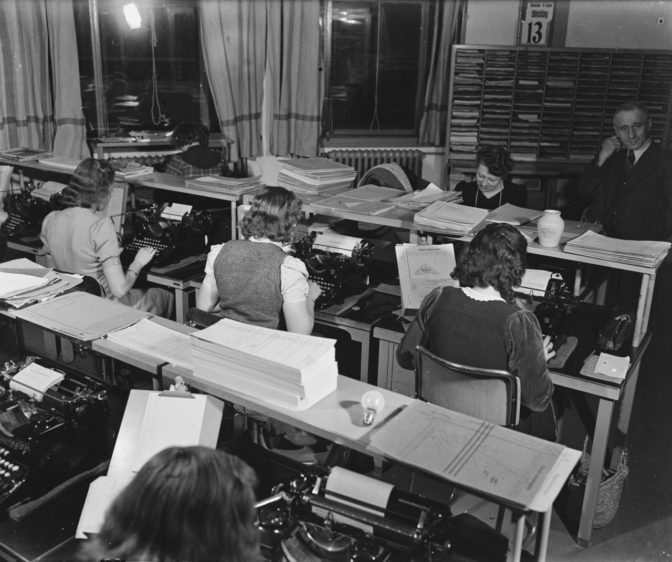Archives have the legal task to keep records in good, orderly and accessible condition. But what the Archiefwet [Archive Law] considers accessible does not always match users’ expectations.
In the most basic form of access, users can consult the records in the reading room. An increasing number of records can also be found online by clicking through to the scans from the finding aid. That research process is not much different from the paper situation, except you do not need to travel. Only a small part of the records are searchable. Genealogists who do not have much experience in archival research, will find it hard to use the browse-only records, even if the scans are online.
There is an increasing gap between the way that archives present the information and the expectations that users have. The Google generation does not want to browse but search: for family names, place names or by topic. The generation after that does not even want to search anymore, but expects that possibly relevant records are suggested to them by their genealogy program. If information is not presented in bite-sized chunks, it will not be used as much as it could be.
Many people do not realize how much work it takes to convert records to a form that is usable by software. Text recognition programs are not good yet at reading old script automatically. Old records will have to be typed by people, before a program will be able to use them to make them searchable or provide hints.
Dozens of miles or records will be scanned over the next few years, like the notarial records of Amsterdam, the records of the Dutch East India Company or the granite mountain vault that Familysearch expects to digitize in the next three years. Even if every person in the Netherlands contributed to indexing that data, we would be years away from making all these sources searchable.
To make sure that researchers can find their way in this virtual haystack, we will need to find new ways of doing things. Choices will have to be made: what is indexed optimally and where can we take a shortcut? The Bosch’ protocol project at Vele Handen chose not to index the original records, but to use the contemporary finding aids; the indexes that the clerks made at the time. The time that is saved can be used to index other records.
As genealogists we can contribute to the success of these projects, by not just being a demanding customer, but also by being a partner and helping to index the sources.

Typing room. Credits: Koos Raucamp, Nationaal Archief (CC-BY)
A Dutch version of this column first appeared in Gen, the quarterly magazine of the Centraal Bureau voor Genealogie.


Hey Yvette,
Couldn’t agree more with your story, partly after you convinced me that searching through indices has to be primarily on person or topic (if possible), not just per index. In my oppinion the biggest problem remaining is trying to find the balance between presenting the information that you have that is already searchable, and trying to inform people about all the other archives that are available that are not yet digitally searchable (and will not be in the forseeable future). This chalenge will continue to grow over the coming years with the growth of that ‘Google’-generation. I think that the best, and for the committed researcher most helpful, website for the next couple of years will be the one that balances these two things in the best way.
Kind regards,
Michel